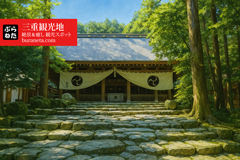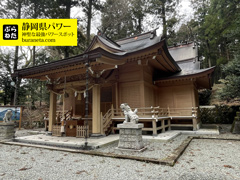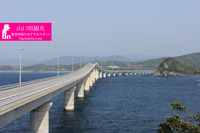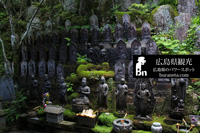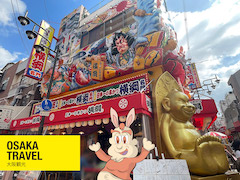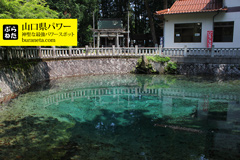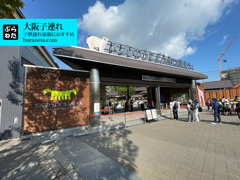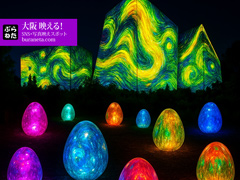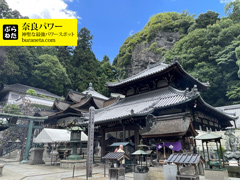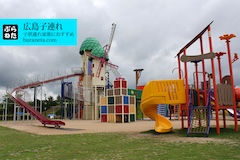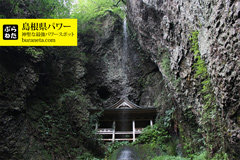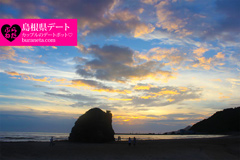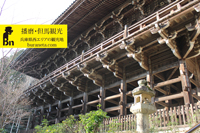- Buraneta
- Selections
- [Nara] Top Ranking of Popular Tourist Spots for Temple Tours and Scenic Views
[Nara] Top Ranking of Popular Tourist Spots for Temple Tours and Scenic Views


Todai-ji Temple Great Buddha
Todaiji Temple is a historically and culturally significant temple located in Nara City, Nara Prefecture, Japan, and serves as a central figure in Japanese Buddhism. Within the grounds of Todaiji stan
- 奈良県奈良市
- 寺
 95
95 (60)
(60)

The oldest wooden building in the world! Horyu-ji Temple
Horyuji is a temple related to Prince Shotoku, located in Ikaruga-cho, Ikoma-gun, Nara Prefecture. It is one of the oldest existing wooden buildings in the world and is registered as a World Heritage
- 奈良県生駒郡
- 寺
 65
65 (50)
(50)

Kasuga Taisha
Kasuga Taisha is a Shinto shrine located in Nara City, Nara Prefecture, Japan. As part of the historic sites of ancient Nara, it is registered as a UNESCO World Heritage Site.
- 奈良県奈良市
- 神社
 85
85 (65)
(65)

A sacred place for mountain worship! Yoshino
Mt. Yoshino is a general term for a mountain ridge that stretches for about 8 kilometers from the south bank of the Yoshino River to the Omine Mountains in Yoshino Town, Yoshino District, Nara Prefect
- 奈良県吉野郡
- 寺
 60
60 (60)
(60)

An overwhelming number of national treasures! Kofukuji Temple
Kofuku-ji Temple is home to a total of 22 national treasures, including 18 Buddhist statues and four buildings. Kofuku-ji Temple, located in Nara City, Nara Prefecture, is one of the most important t
- 奈良県奈良市
- 寺
 71
71 (40)
(40)
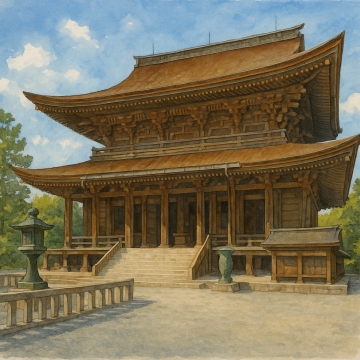
Kimpusen-ji Temple
The head temple, Kinpusenji, is a World Heritage Site that thrives as the main training center of Shugendo. The gigantic National Treasure Zao Hall and the impressive hidden Buddha, Kongo Zao Daigonge
- 奈良県吉野郡
- 寺
 65
65 (50)
(50)
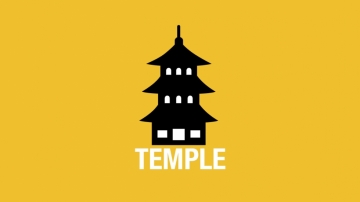
1300 Years of History - Yakushiji Temple
A symbol of the ancient capital of Nara, it is registered as a World Heritage Site. It is characterized by the elegant east and west five-story pagodas standing side by side, and the group of Buddhist
- 奈良県奈良市
- 寺
 58
58 (30)
(30)
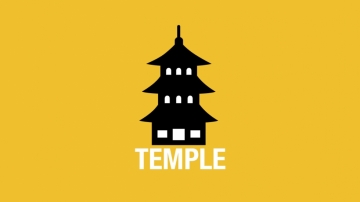
Toshodaiji Temple
Toshodaiji Temple is a historical temple founded by the high priest Ganjin, who was invited by Emperor Shomu.
- 奈良県奈良市
- 寺
 57
57 (50)
(50)
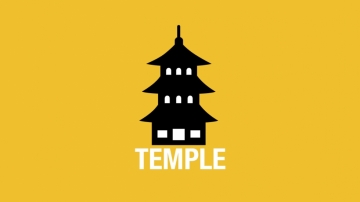
Hasedera Temple, the head temple of the Shingon Buzan School
Hasedera is said to have been founded by Domyo in 686. The eleven-faced Kannon, the principal object of worship, enshrines the statue of Ashura as an incarnation of Kannon Bodhisattva.
- 奈良県桜井市
- 寺
 50
50 (60)
(60)
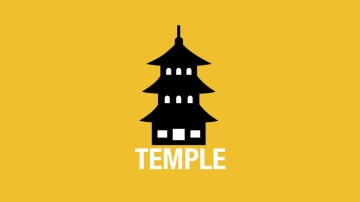
Hozanji Temple
Hozan-ji Temple is an ancient Shingon Buddhist temple located on the middle slope of Mount Ikoma. It is affectionately known as "Ikoma's Shoden-san" and is said to grant blessings for business prosper
- 奈良県生駒市
- 寺
 57
57 (30)
(30)
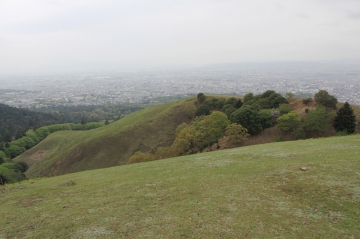
Nara Park and Mount Wakakusa
Nara Park is a vast park located in Nara city and is one of the representative tourist attractions of Nara prefecture. The park is home to many cultural assets and buildings that are part of Japan's c
- 奈良県奈良市
- 芝生
 39
39 (30)
(30)

The Night View is Amazing! Ikoma Mountain and Bell-Ringing Observatory
You can see the wonderful night view of Kobe from Osaka.
- 奈良県生駒郡
- 展望
 40
40 (70)
(70)
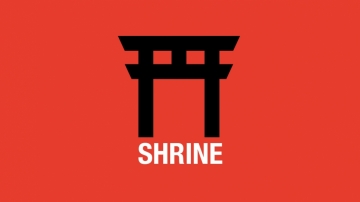
Kashihara Shrine
Kashihara Shrine is a shrine located at the foot of Mount Unebi. Enshrined at the "foundation site" where Emperor Jimmu, believed to be the first emperor, ascended to the throne, it is a sacred place
- 奈良県橿原市
- 神社
 56
56 (40)
(40)
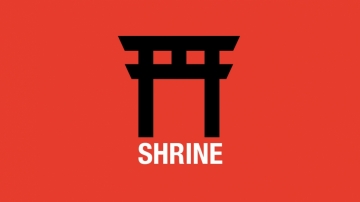
Omiwa Shrine, the oldest shrine in Japan
Omiwa Shrine is a shrine located in Sakurai City, Nara Prefecture, with Mt. Miwa as the sacred mountain. It is one of the oldest shrines in Japan.
- 奈良県桜井市
- 神社
 55
55 (30)
(30)

Odaigahara
Located within Yoshino-Kumano National Park, this primeval forest is one of Japan's most famous, and one of Japan's 100 famous mountains, offering magnificent views and a fantastical landscape of spru
- 奈良県吉野郡
- 山
 55
55 (30)
(30)

Nara National Museum
The Nara National Museum is an art museum that exhibits numerous valuable art pieces such as Japan's national treasures and important cultural properties. It is located around Nishinokyo area of Nara
- 奈良県奈良市
- 博物館
 54
54 (30)
(30)
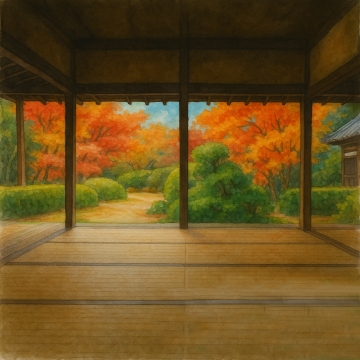
Jikko-in Temple, a borrowed scenery garden
Jikoin Temple is located in Yamatokoriyama City, Nara Prefecture.
- 奈良県大和郡
- 庭園
 50
50 (20)
(20)
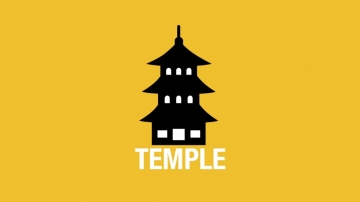
Muroji Temple in Nyonin Koya
Muroji Temple is called Women's Koya because women are allowed to worship in contrast to Koyasan, where women were once forbidden. There is a national treasure five-storied pagoda.
- 奈良県宇陀市
- 寺
 47
47 (50)
(50)

Abe Monjuin Temple
This ancient temple enshrines the god of wisdom, counted as one of Japan's three great Manjusri temples. It is famous for its national treasure statue of Manjusri Bodhisattva and beautiful gardens, an
- 奈良県桜井市
- 寺
 46
46 (30)
(30)

Ishigami Shrine
Isonokami Jingu is a historic shrine in Tenri City that is described in the Kojiki and Nihon Shoki. It is one of the oldest shrines in Japan.
- 奈良県天理市
- 神社
 45
45 (40)
(40)
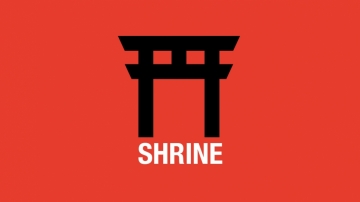
Muro Ryuketsu Shrine
Muro Ryuketsu Shrine is an ancient shrine located in Muro, Uda City, Nara Prefecture, dedicated to the dragon god, the god of water. In recent years, the shrine has been drawing attention as a power s
- 奈良県宇陀市
- 神社
 43
43 (30)
(30)
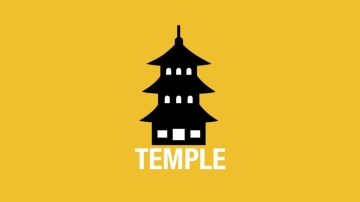
Taima-dera Temple
Taima-dera Temple is an ancient temple located in Taima, Katsuragi City, Nara Prefecture, known for legends such as Princess Chujo.
- 奈良県葛城市
- 寺
 41
41 (40)
(40)
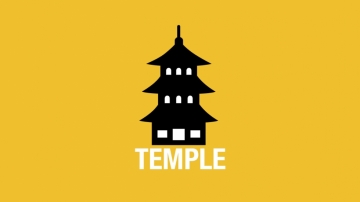
Tsubosaka-dera Temple (Minamihokkeji Temple)
Tsubosaka-ji Temple is located in Tsubosaka, Takatori-cho, Takaichi-gun, Nara Prefecture. It was founded in 703 AD, and is said to have miraculous powers for eye diseases.
- 奈良県高市郡
- 寺
 38
38 (20)
(20)
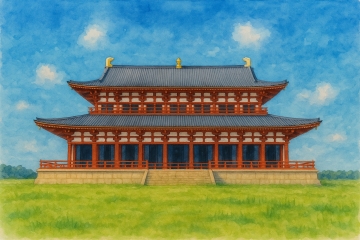
Heijo Palace Ruins
The Heijo Palace used to be the Daidairi of Heijokyo, and is registered as a World Heritage Site along with Todaiji Temple.
- 奈良県奈良市
- 平安
 35
35 (30)
(30)
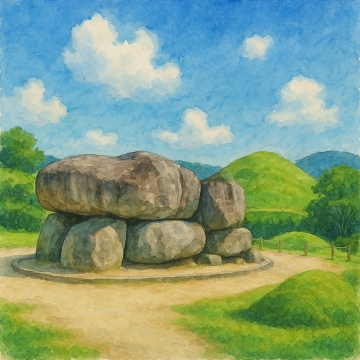
Ishibutai Kofun and Takamatsuzuka Kofun
The Ishibutai Tumulus is a rare burial mound with huge stones piled up. Said to be the grave of the Soga clan in the early 7th century, the stone chamber is one of the largest in Japan.
- 奈良県高市郡
- 古墳
 32
32 (20)
(20)

Hannyaji Temple
Hannya-ji Temple is a flower temple affectionately known as the "Cosmos Temple." Its attractions include its national treasure tower gate and the beautiful scenery created by the flowers of each seaso
- 奈良県奈良市
- 寺
 28
28 (40)
(40)


























人気観光スポットまとめ
[Mie (Ise & Shima)] Best Ranking of Recommended Tourist Spots for Scenic Views and Relaxation
 80
80 50
50- 24
[Shizuoka (Fuji)] Best 30 Ranking of Popular Scenic & Relaxing Tourist Spots
 90
90 50
50- 22
[Shizuoka (Fuji)] Ranking of the best sacred and powerful power spots
 50
50 40
40- 22
[Shizuoka (Fuji)] Best Date Spots Recommended for Couples
 50
50 90
90- 22
[Shizuoka (Fuji)] Delicious! Recommended Gourmet & Souvenir Ranking Best
 60
60 50
50- 22
[Shizuoka (Fuji)] Fun for kids! Best leisure and sightseeing spots recommended for families
 50
50 40
40- 22
 70
70 50
50- 22
Top 40 Hiroshima Prefecture Tourist Spots!
 90
90 70
70- 34
[Hiroshima] Best romantic date spots recommended for couples
 50
50 90
90- 34
“Top 30 Places to Visit in Yamaguchi, Japan: Stunning Scenery & Rich History from Tsunoshima to Akiyoshidai and Hagi”
 80
80 60
60- 35
20 Hidden Spiritual Spots in Hiroshima: Local-Recommended Shrines & Scenic Sanctuaries for a Soulful Journey
 50
50 30
30- 34
[2025 Edition] Popular sightseeing spots ranking in Osaka! best 30
 100
100 70
70- 27
[Yamaguchi (Setouchi)] Ranking of the best mysterious and sacred power spots
 50
50 50
50- 35
[Yamaguchi (Setouchi)] Best gourmet food and souvenir rankings
 60
60 60
60- 35
[Osaka] Fun for kids! Best leisure and sightseeing spots recommended for families
 40
40 30
30- 27
[Osaka] Ranking of the best photogenic spots for tourists and popular social media posts
 50
50 60
60- 27
[Nara] Ranking of the most powerful shrines, temples, and natural power spots
 60
60 40
40- 29
[Nara] Delicious! Recommended gourmet food and souvenir rankings: Best
 50
50 50
50- 29
[Hiroshima] Top Rankings of Local Gourmet and Souvenirs
 60
60 60
60- 34
[Hiroshima] Fun for kids! Best leisure and sightseeing spots recommended for families
 50
50 30
30- 34
18 Sacred Shrines and Temples in Shimane Prefecture!
 50
50 70
70- 32
20 Recommended Date Spots in Shimane (Setouchi)
 60
60 90
90- 32
Top 25 Places to Visit in Western Hyogo: Explore History and Nature in Himeji, Harima & Tajima
 50
50 50
50- 28
Top 30 Places to Visit in Tottori: Stunning Sights from the Sand Dunes to Mt. Daisen and Misasa Onsen
 90
90 60
60- 31


 Area
Area Category
Category Spot
Spot Sort
Sort (90) /
(90) / 